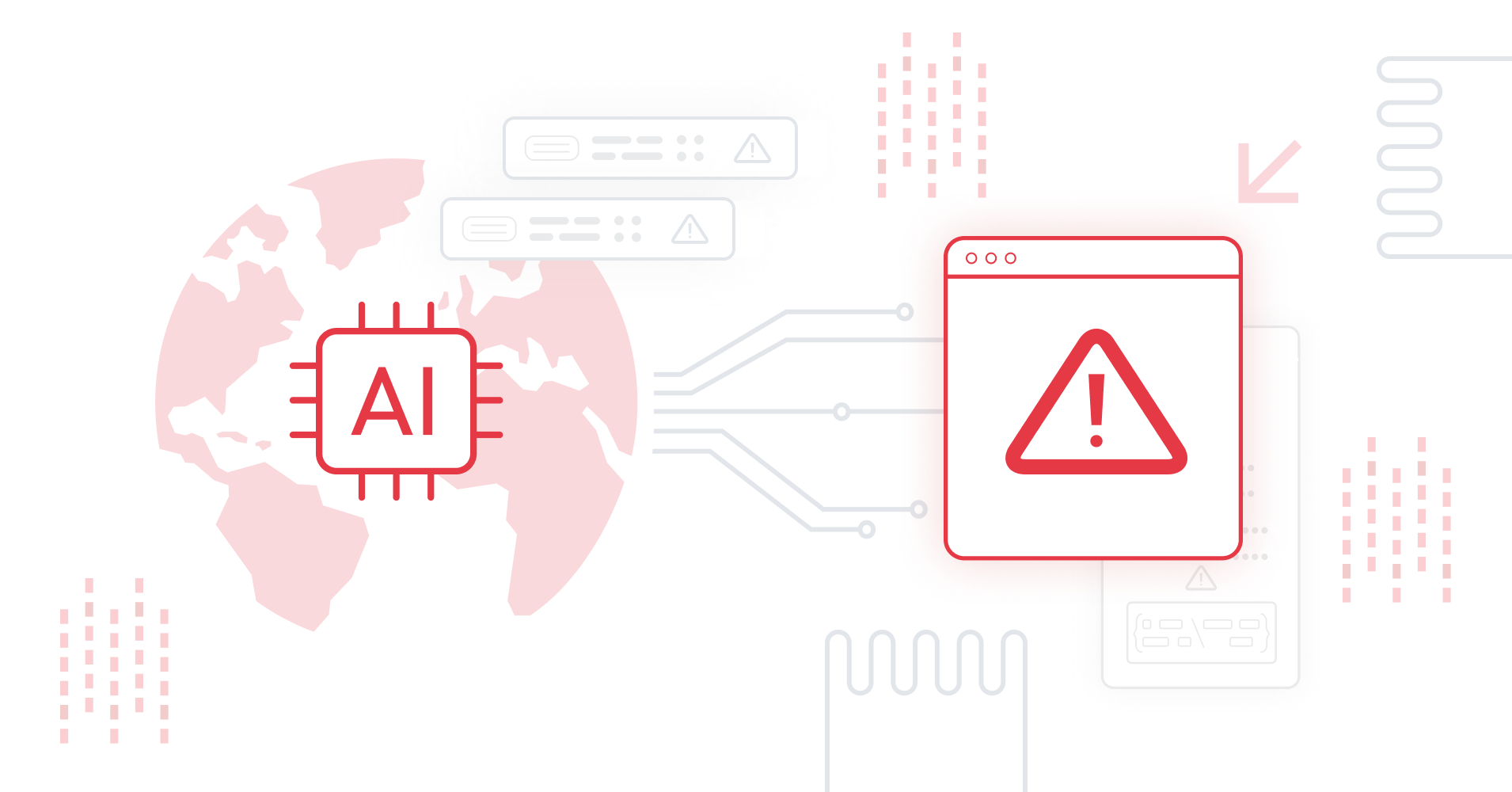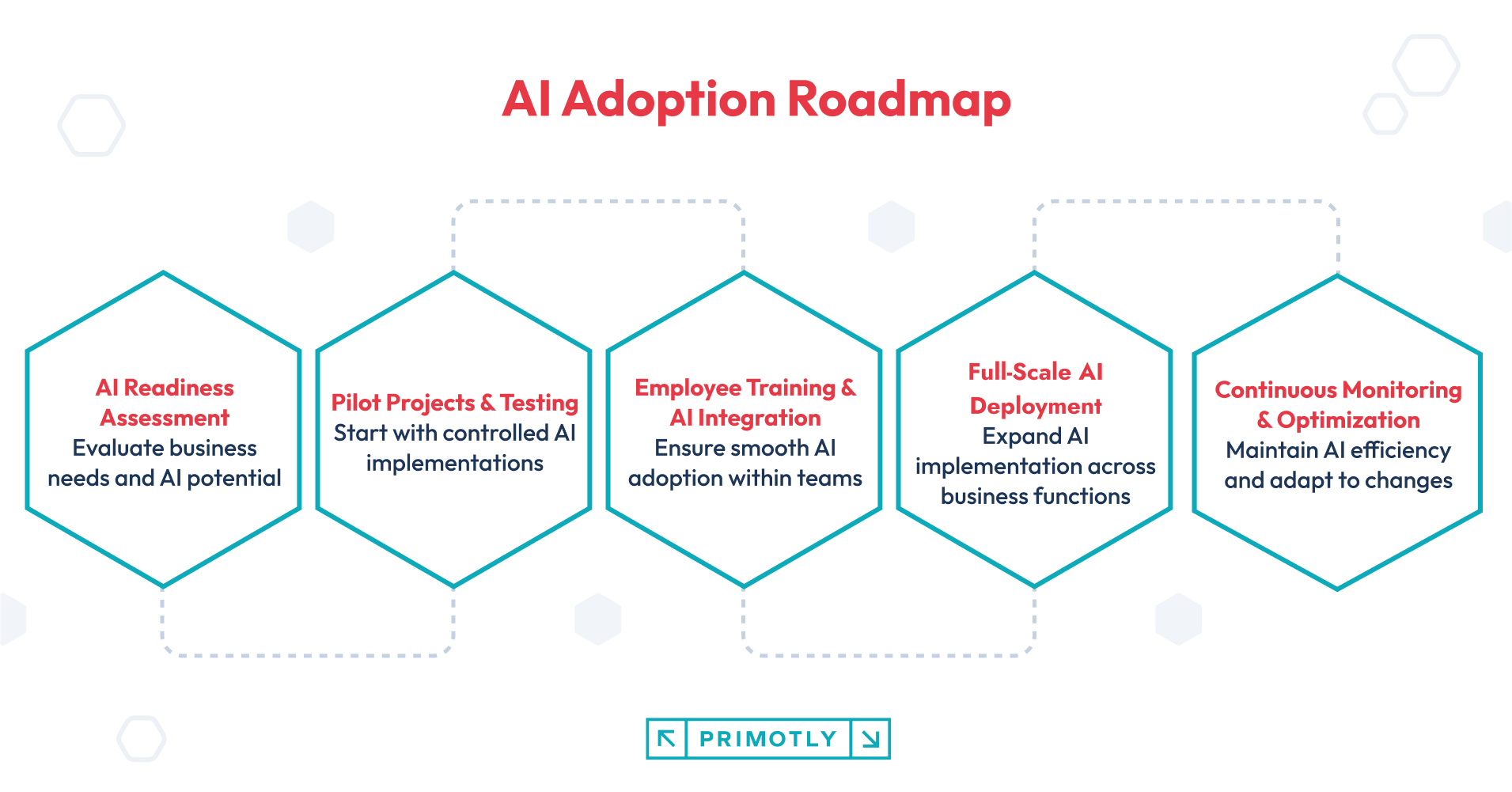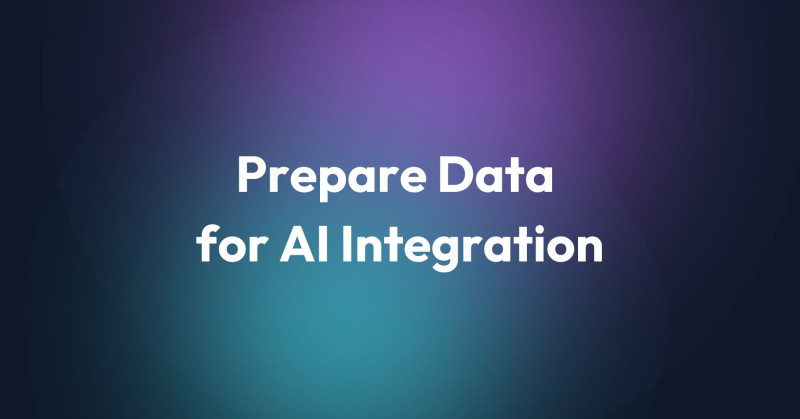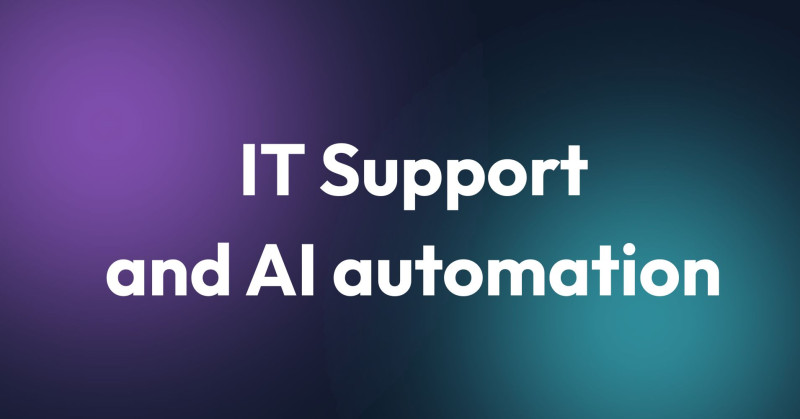Last week, we discussed some of AI's most common dangers and how to mitigate its risks. However, the topic remains vast, as artificial intelligence raises as many hopes as concerns—not only in terms of technology and data security but also compliance, ethics, and sustainable practices. Today, we will explore additional critical AI challenges and offer actionable solutions for AI may include enhanced training programs to help you make informed business decisions.

How Can I Prepare My Company for AI Adoption Without Disrupting Daily Operations?
AI adoption requires careful planning to ensure seamless integration into existing business processes. Implementing AI in phases is crucial, starting with low-risk pilot projects before scaling to broader adoption. Businesses must ensure AI complements, rather than replaces, existing workflows, allowing for smoother transitions and better employee adaptation.
A well-structured approach should incorporate employee training on the dangers of AI to maximize AI’s effectiveness and minimize resistance to change. Establishing continuous monitoring and adaptation frameworks is also essential, as AI technologies evolve rapidly. By proactively managing AI integration, businesses can minimize disruptions while maximizing efficiency and innovation.
What Measurable Benefits Does AI Bring, and How Can I Track Its ROI?
AI enhances decision-making by analyzing vast datasets, identifying patterns, and automating processes. Companies can measure its effectiveness by establishing clear key performance indicators (KPIs) such as revenue growth, cost savings, and productivity improvements. AI-generated insights can be used to optimize pricing strategies and customer segmentation, leading to improved
AI safety measures more efficient business operations. Explainable AI models further support decision-making by ensuring transparency and providing clear reasoning for AI-driven insights. Executives can track AI’s return on investment (ROI) by comparing pre- and post-implementation metrics.
Example: AI-driven fraud detection is crucial for addressing the risks associated with AI algorithms. systems can mitigate the dangers of artificial intelligence. JPMorgan implemented AI-driven fraud detection, reducing false positives by 30% while enhancing real-time security monitoring. These measurable outcomes demonstrate how AI can be a valuable asset when strategically deployed.
Which Industries Are Achieving the Highest Returns from AI Investments?
Industries that heavily rely on data-driven decision-making have seen the highest returns from AI investments.
In healthcare, AI enhances diagnostics, personalizes treatment plans, and streamlines administrative workflows, leading to better patient outcomes and operational efficiency.
The financial sector benefits from AI-powered fraud detection, automated risk assessment, and improved trading strategies, helping firms detect anomalies in real time.
In manufacturing, AI optimizes production processes, predicts maintenance needs, and improves quality control, significantly reducing downtime and operational costs. E-commerce companies leverage AI for personalized product recommendations, dynamic pricing strategies, and demand forecasting, leading to increased revenue growth.
Organizations that implement AI with clear governance and defined KPIs achieve the highest returns, balancing the concerns of AI safety and security automation with human oversight to ensure optimal outcomes can be achieved through the use of AI algorithms.
How Do I Ensure My AI Systems Remain Transparent and Explainable?
Ensuring AI transparency is crucial for maintaining trust and regulatory compliance. Businesses must adopt explainable AI (XAI) solutions that allow decision-makers to understand and interpret AI-generated outcomes. AI governance frameworks should be in place to ensure fairness and accountability, preventing bias in decision-making, is vital in the use of AI.. Conducting regular AI audits helps businesses assess the accuracy, ethical impact, and compliance of AI applications are essential for safety and security.
Example: Companies like Google have developed interpretability tools that allow developers to analyze how AI models make predictions, improving transparency and reliability. By prioritizing these measures, businesses can deploy trustworthy AI systems that align with ethical standards and legal requirements, fostering confidence among stakeholders.
What Are the Most Common AI Implementation Mistakes, and How Can Businesses Avoid Them?
Many companies make critical errors when integrating AI, leading to inefficiencies and regulatory challenges. One of the most common mistakes is neglecting data security and privacy compliance, which exposes businesses to regulatory risks and potential data breaches. Another frequent error is failing to conduct adequate testing before deployment, resulting in flawed predictions and unreliable AI performance. Some organizations overly rely on automation without incorporating human oversight, which increases the risk of AI bias and unintended consequences are significant concerns for AI experts.
To mitigate these pitfalls, businesses should establish robust AI governance policies, conduct rigorous pre-deployment testing, and maintain a balance between AI-driven automation and human intelligence. Companies that implement AI responsibly and strategically are more likely to achieve long-term success and avoid costly setbacks.

Can AI Reduce Operational Costs While Enhancing Workforce Productivity?
Rather than replacing jobs, AI should be leveraged to enhance workforce efficiency through the use of AI. Businesses can use AI to automate repetitive tasks, allowing employees to focus on high-value activities. AI also supports workflow automation and intelligent scheduling, improving overall productivity. Many organizations integrate AI-driven chatbots into customer service operations, significantly reducing response times and improving user experience.
Example: A Fortune 500 retailer implemented AI-driven supply chain automation, cutting costs by 18% while improving order accuracy.
How Can I Ensure My AI Strategy Remains Flexible as Technology Evolves?
AI is advancing rapidly, and businesses must adopt strategies that allow continuous adaptation. Investing in modular AI systems ensures they can evolve alongside new technological advancements. Regularly updating AI models based on performance feedback helps businesses maintain effectiveness. Establishing AI governance frameworks enables companies to manage compliance and adapt to evolving regulations seamlessly.
How Can AI Contribute to Sustainability and ESG Compliance?
AI plays a critical role in sustainability initiatives, optimizing energy use and minimizing waste. Companies can use AI to enhance ESG reporting, ensuring accuracy and compliance with global sustainability standards. AI-driven logistics optimization has helped large organizations reduce carbon emissions by 15% annually, aligning operations with eco-friendly practices.
What Internal Policies Should My Company Implement Before Adopting AI?
Before integrating AI, businesses should establish clear governance policies addressing data privacy, security, and ethical AI use. These frameworks should guide AI deployment to prevent risks related to compliance, fairness, and security breaches. Companies that enforce structured AI governance strategies mitigate potential risks before they escalate.
How Do I Evaluate AI Tools to Ensure They Provide Real Business Value?
Not all AI solutions offer tangible benefits. Businesses should verify AI tools through case studies and independent reviews to assess their effectiveness. AI models should provide explainable outputs to ensure transparency and reliability. Companies must be wary of overhyped AI products that lack practical real-world applications.
Example: A financial services firm implemented AI for risk assessment, reducing compliance audit time by 40%, showcasing measurable efficiency gains.
Final Thoughts: Benefits Outweigh the Risks
AI presents transformative potential, but it must be strategically integrated to maximize benefits. Businesses should align AI with company goals, implement strict governance measures, and ensure AI augments human intelligence rather than replacing it. Companies that remain adaptable and invest in responsible AI deployment will achieve long-term success while maintaining compliance, security, and ethical integrity.





















